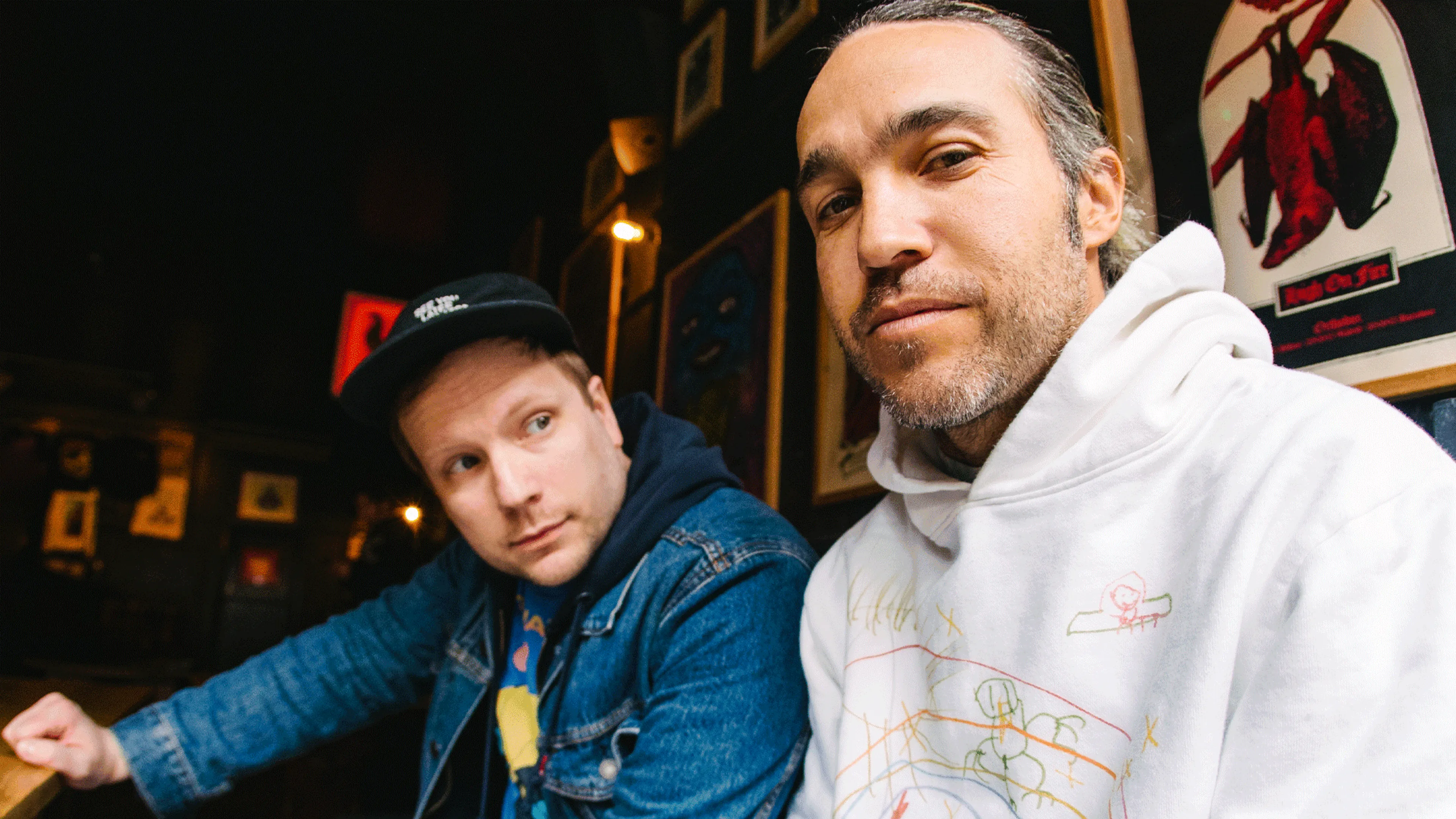More seriously, Patrick shares that he’s “very nervous” about people hearing the record – he always is, but these emotions right now are next-level.
“It’s just so special,” he smiles of the album. “It was such a cathartic and personal experience, and it’s kind of vulnerable, in a lot of ways, which I don’t tend to do; I don’t like to put too much of myself in work, because every time I’ve done that it’s been kind of a bummer (laughs). To do that again is kind of anxiety-inducing, but I just had to follow it. I like the record too much.”
With that in mind, we’ve one final question to finish up. And just as Pete had a Star Wars reference for us at the beginning of the interview, allow us to go back to a galaxy far, far away…
So, Fall Out Boy, how would you succinctly sum up your So Much (For) Stardust era?
“This is the way,” responds Andy, quoting the catchphrase from spin-off show The Mandalorian.
“Wait,” Pete interjects, gesturing to Andy. “I need you to say that right after the thing I say!”
Pete turns back to Kerrang!, ready to give his answer and await Andy’s punchline.
“I think that so often we’re comparing this album to Infinity On High, or we’re comparing those two eras,” he says. “I personally think that Take This To Your Grave and [2003 EP] Evening Out With Your Girlfriend are separate, and then the first three records after that are a trilogy, and then there’s another trilogy after that. It’s two trilogies. And this is the start of a new thing, I hope. Now you say it…”
“This is the way,” repeats Andy, right on cue.
“This is the way,” concludes Pete.
So Much (For) Stardust is due out on March 24 via Fueled By Ramen. Fall Out Boy will tour the UK later this year with PVRIS and nothing,nowhere.
